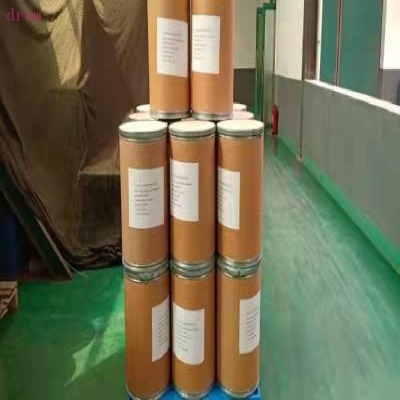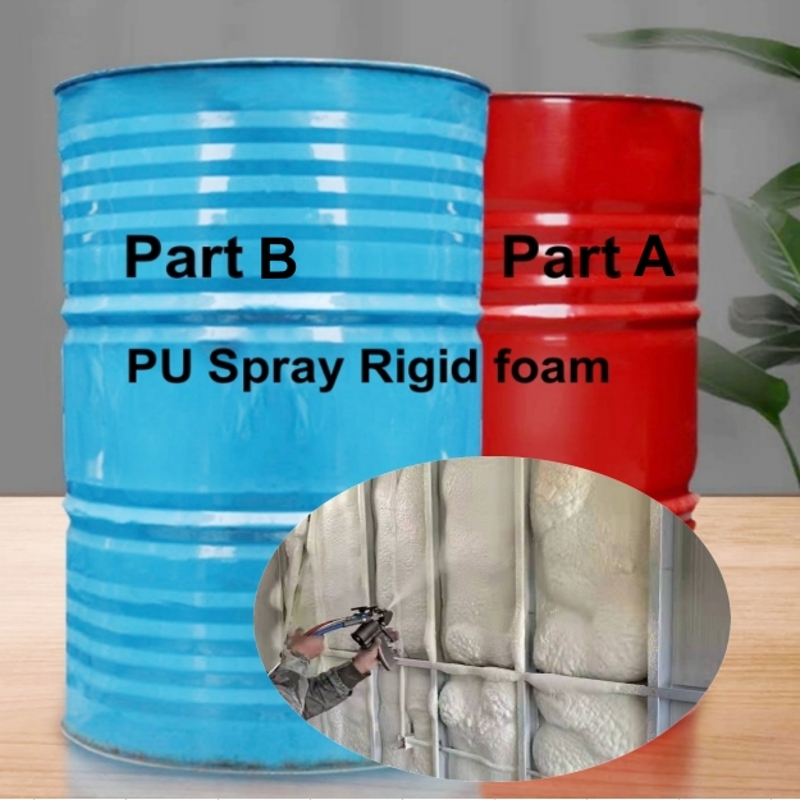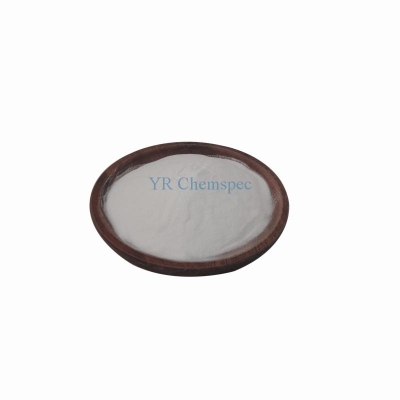-
Categories
-
Pharmaceutical Intermediates
-
Active Pharmaceutical Ingredients
-
Food Additives
- Industrial Coatings
- Agrochemicals
- Dyes and Pigments
- Surfactant
- Flavors and Fragrances
- Chemical Reagents
- Catalyst and Auxiliary
- Natural Products
- Inorganic Chemistry
-
Organic Chemistry
-
Biochemical Engineering
- Analytical Chemistry
- Cosmetic Ingredient
-
Pharmaceutical Intermediates
Promotion
ECHEMI Mall
Wholesale
Weekly Price
Exhibition
News
-
Trade Service
Recently, Wang Junhu's team, a researcher in the Energy Research Technology Platform Moorsbauer Spectroscopy Research Group, Dalian Institute of Chemical Physics, Chinese Academy of Sciences, realized the effective regulation of the reaction mechanism of zinc-iron dioxide-like Fenton catalysts through visible light, which provided a new strategy
for the transformation of the reaction path of heterogeneous catalysts from free radicals to non-radicals in Fenton-like reactions.
The quenching of free radicals in Fenton-like reactions by various inorganic anions or high concentrations of organics limits their value
in industrial applications.
Non-radical-dominated systems can effectively overcome these limitations and show high activity
against the degradation of pollutants under the interference of widely present aquatic substrates.
Therefore, the development of inexpensive, environmentally friendly non-radical-dominated Fenton-like catalysts is one of
the research priorities.
In this work, a series of Zn-Fe dioxides were prepared by calcining Zn1-x Fe x-FePrussian blue analogues in an ambient atmosphere.
Through the Mössbauer spectrum and in combination with various other routine characterizations, it was revealed that samples ZFO-1 and 4 were composed of nanocomposite ZnFe2O4 and ZnO, while ZFO-2 and 3 werecomposed
of ZnFe2O4 and Fe2O3 。 It was found that Zn-Fe dioxides leached only trace amounts of iron under the conditions of visible light and peroxide monosulfate (PMS) coexistence, as well as in high concentrations of natural organic humic acid, various inorganic ions and simulated actual wastewater systems, showing excellent catalytic performance
for the oxidative removal of various organic pollutants.
Under visible light, Zn-Fe dioxides showed different performance from previous Fenton-like catalysts with free radical mechanisms, and showed good resistance to various ions and humic acids, indicating that visible light played an important role
in the occurrence of Fenton-like reactions.
The above comparative experiments, free radical capture experiments and electron paramagnetic resonance spectroscopy results show that light-induced electrons and holes can trigger the efficient activation of PMS, thereby changing the reaction path from a radical-dominated pathway under obscura conditions to a singlet oxygen(1O2)-dominated non-radical pathway
on Zn-Fe dioxide.
This work provides a new strategy
for modulating radical and non-radical pathways in advanced PMS-based oxidation processes using solar energy.
The related research results are titled Modulation of reaction pathway of Prussian blue analogues derived Zn-Fe double oxides towards organic pollutants oxidation, published in Chemical Engineering Journal
.
The research work is supported
by the National Natural Science Foundation of China and the International Partnership Program of the Chinese Academy of Sciences.
A new strategy for regulating the reaction path of zinc-iron dioxide Fenton catalysts by visible light exposure proposed by Dalian Chemical Institute







